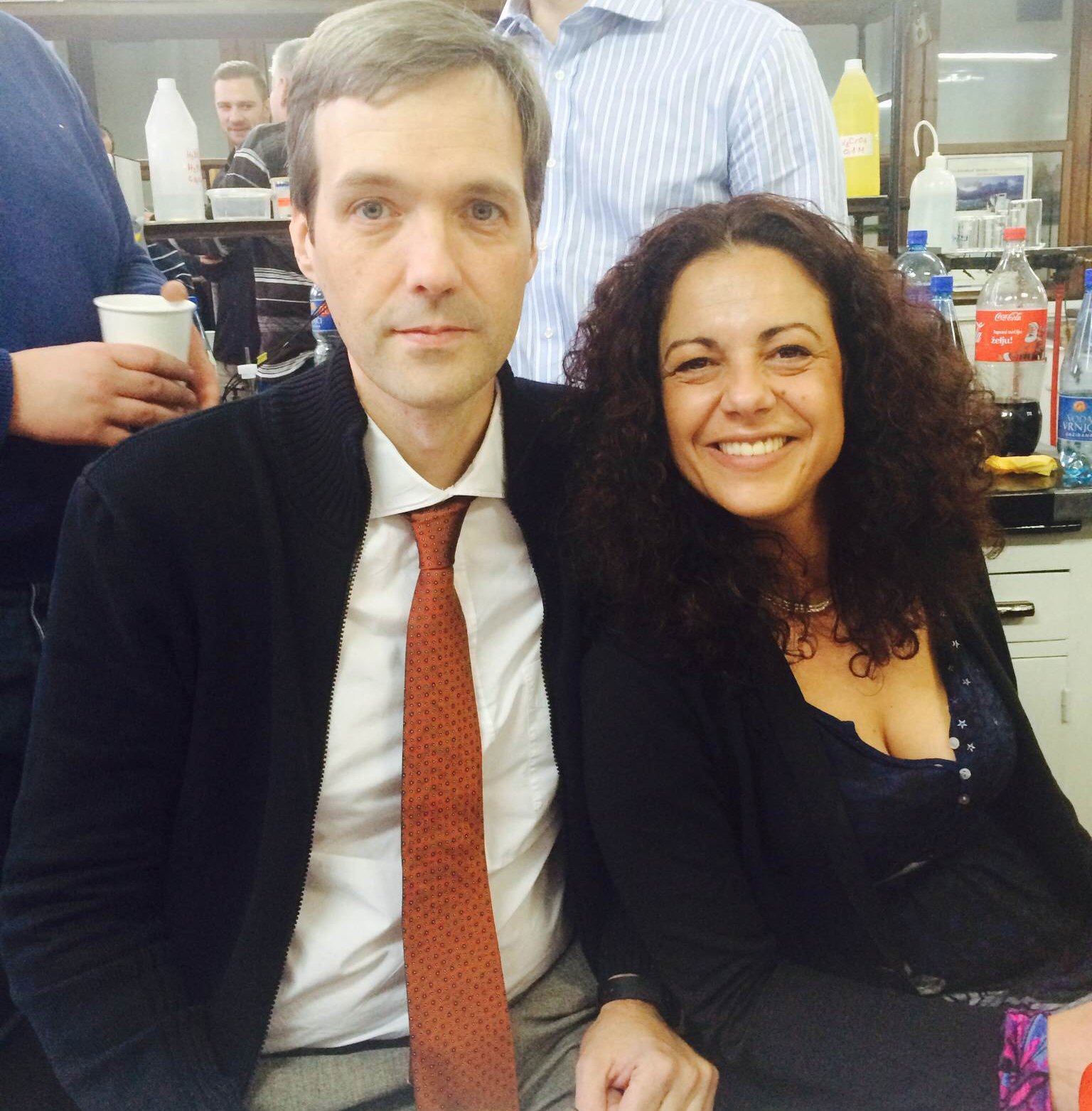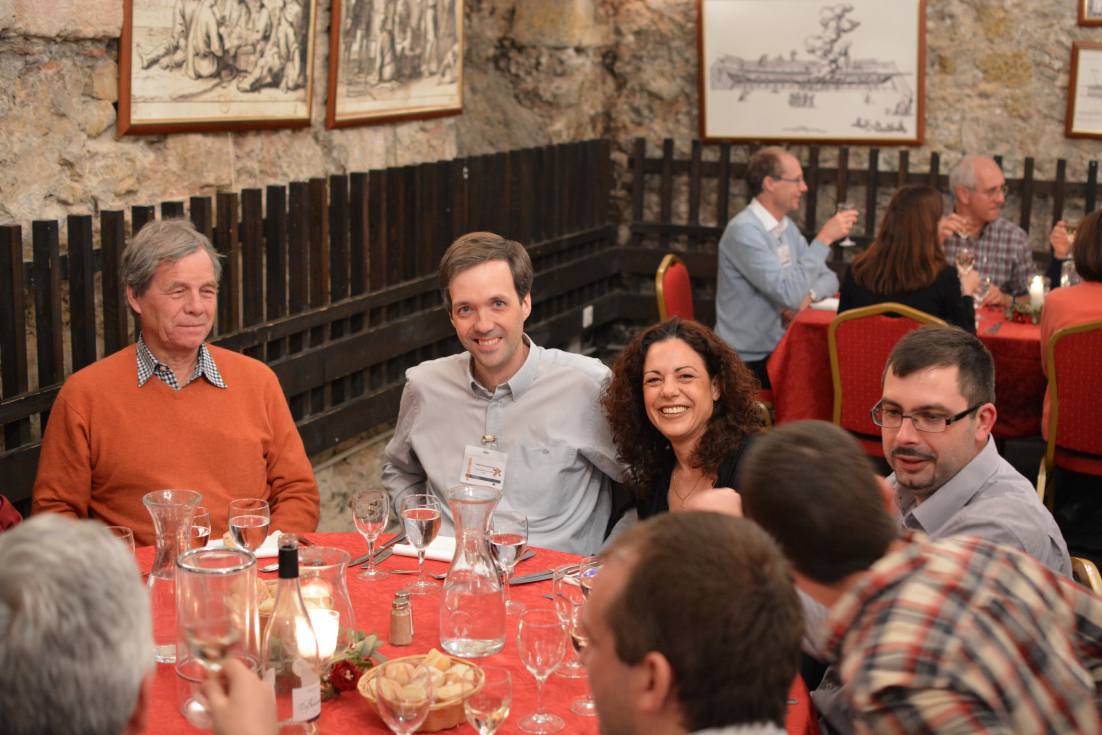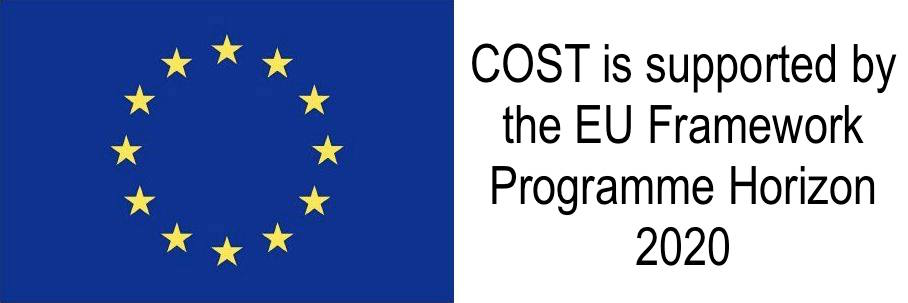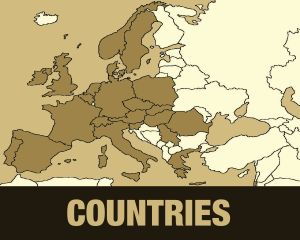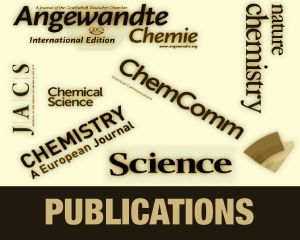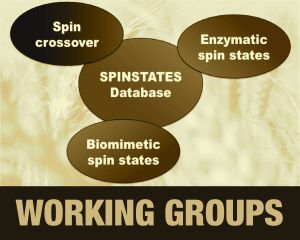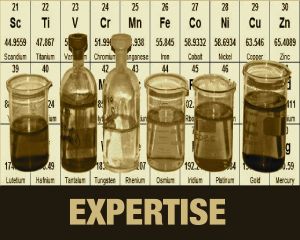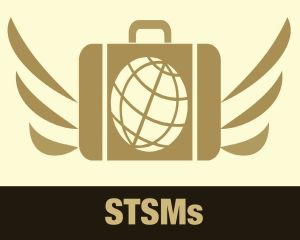Fifth paper from a Short-Term Scientific Mission (STSM) (January 7, 2016)
This collaborative project between several research groups has been initiated during the first ECOSTBio meeting in Marseille.
It involves four groups of ECOSTBio: Maja Gruden (Univ. Belgrade, Serbia), Pablo García-Fernández
(Univ. Cantabria, Spain), Olga Vassilyeva (Univ. Kiev, Ukraine) and Carole Duboc (Grenoble Alpes Univ., France).
Magnetic anisotropy is the most widely used and usually best-suited electronic parameter to describe the magnetostructural properties of transition metal ion complexes in many domains including single molecular magnets or biological and chemical catalysis, especially as far as manganese based compounds are concerned. While the magnetic anisotropy of the manganese(II) and manganese(III) ions have been extensively investigated through experimental determination and quantum chemical prediction of the zero-field splitting parameters (D being the axial parameter), this is not the case for the manganese(IV) ion.
The present work offers the first systematic investigation on the electronic structure of a series of octahedral MnIV complexes. The accurate determination of magnetic anisotropy in these systems has been performed through high-field EPR experiments and calculations have been performed to obtain insight on its origin. We report here: (i) the largest D-value ever reported for a MnIV ion demonstrating that, contrary to a common believe, the magnitude of D in the Kramers ion MnIV can be of the same order of magnitude as that in the non-Kramers ion MnIII, (ii) a systematic theoretical investigation showing that both of the approaches used in the present study correctly predict D and the orientations of the principal magnetic axis and (iii) the analysis of the different contributions to D evidencing that it is mainly controlled by transitions with-in the t2g-like manifold.
This joint work has been recently published in Inorganic Chemistry, where C. Duboc is member of the Editorial Advisory Board. The STSM involving the Serbian and Spanish group has considerably helped in fostering this collaborative project.
